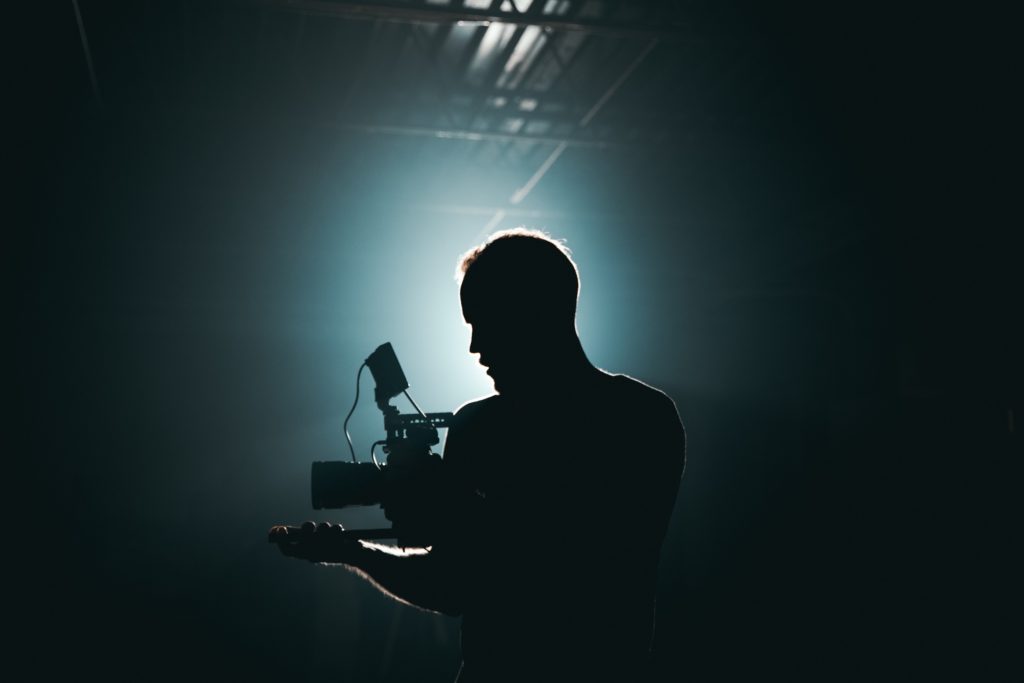
How Do You Get Better Exposure in Low Light Situations?
Learning how to operate your camera in low light can be challenging, especially if you’re an amateur videographer that’s just getting started. Fortunately, there are a number of steps that can be taken to improve exposure even when filming in low light situations or in areas where the lighting is less than perfect. Exactly how do you get better exposure in low light situations?

We’ve got some tips!
1. Increase Aperture to Improve Video Quality
If you’re working in a low light area, consider adjusting your f-stop to a lower setting so that you can utilize the bigger aperture of your camera.
Remember that the lower the f-stop the bigger the aperture, so to increase aperture settings on your camera you must choose a lower f-stop setting. In creating a larger aperture you’re allowing more light to enter the camera which will create an image that is brighter.
Keep in mind that your camera may automatically adjust aperture when you zoom in or zoom out, so zooming could result in a darkened image. Use a wide angle setting for best results to allow maximum light to enter the aperture and reach the camera sensor.
2. Lower the Frame Rate
When a videographer asks, “How do you get better exposure in low light situations?” Another common solution that comes to mind is reducing the frame rate.
Most cameras are set to 30 frames per second, but if you can adjust the frames to 24 frames per second, or even lower, the lower frame rate will allow more light to enter the camera sensor before the shot is captured. This will improve the visibility of your shot even in low light.
Keep in mind that lowering the frame rate to improve the image quality will only work for shots that do not involve a lot of movement. This is mostly useful for landscape shots and not so much for shooting humans or animals.
3. Let the Darkness Work for You
Allowing the darkness to work in your favor is another option that you have when it comes to answering the question, “How do you get better exposure in low light situations.”
How can you put the darkness to work for you? Instead of making your subject the focus in a dark environment, consider using the surrounding darkness of the area to your advantage.
Allow the subject to be viewed through a silhouette or let the main focus of the shot be on the surrounding scenery while the subject remains in the shadows or within the darkness.
4. Lower the Shutter Speed
Another option you’ve got when shooting in low light situations is to reduce your shutter speed. When you slow the shutter down, you’re allowing more light to enter the camera and pass over the sensor to increase the brightness of your footage.
If shooting in low light, you might consider slowing the shutter from its normal setting of 1/60th of a second or so to a lower setting such as 1/30th of a second, this way your shutter remains open longer and the image comes out brighter.
Keep in mind that the lower shutter speed can increase motion blur that occurs in your footage, but it will certainly help you when shooting in low light. Now that we’ve answered the common question, “How do you get better exposure in low light situations?”
What steps are you going to take the next time you’re filming in less than desirable conditions?


